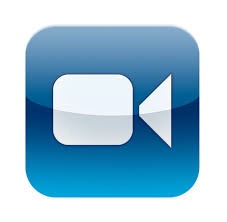Icons Used in This Guide
video game
game  text/tables
text/tables flash
flash
 Peer Review Articles in 5 Minutes
Peer Review Articles in 5 Minutes
CONTENT: explains the peer review process
MEDIUM/TIME: video (5:00)
ASSESSMENT: no
NOTES: North Carolina State University, excellent coverage, though peer review is only one of several important concepts for students to understand as they evaluate their sources.
WHY WE LIKE IT:: this is an outstanding tutorial
 Evaluating Information Using the CRAAP Test
Evaluating Information Using the CRAAP Test
CONTENT: CRAAP stands for Currency, Relevance, Accuracy, Authority and Purpose.
MEDIUM/TIME: video (5:28)
ASSESSMENT: no
NOTES: Johnson & Wales University. Thorough look at how to evaluate information (including why); includes 1 minute review at the end
WHY WE LIKE IT: very good explanation of CRAAP acronym
CONTENT: another take on how to evaluate websites using Authority, Timeliness and Objectivity
MEDIUM/TIME: video (4:00)
ASSESSMENT: no
NOTES: San Jose State U. Engaging video
WHY WE LIKE IT: PRIMO (2012)
CONTENT: checklist of criteria for thoroughly evaluating a web page
MEDIUM/TIME: text with links
ASSESSMENT: no
NOTES: UC Berkeley. Dense with information
WHY WE LIKE IT: by nationally recognized librarian, an authority on teaching web site evaluation


game
text/tables
flash
![]() Peer Review Articles in 5 Minutes
Peer Review Articles in 5 Minutes![]() Evaluating Information Using the CRAAP Test
Evaluating Information Using the CRAAP Test![]()